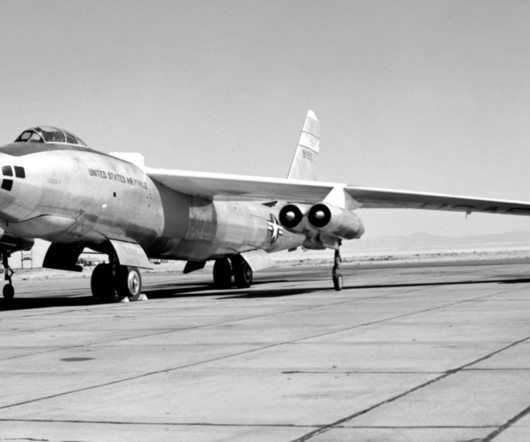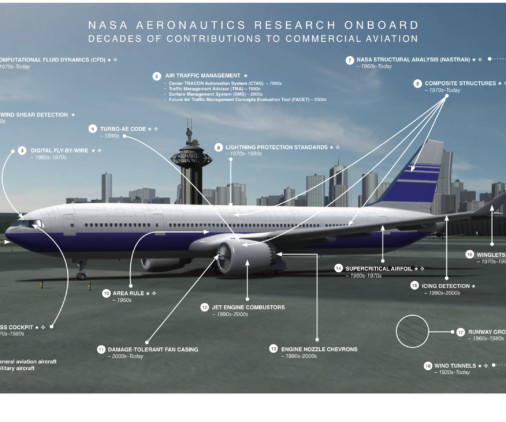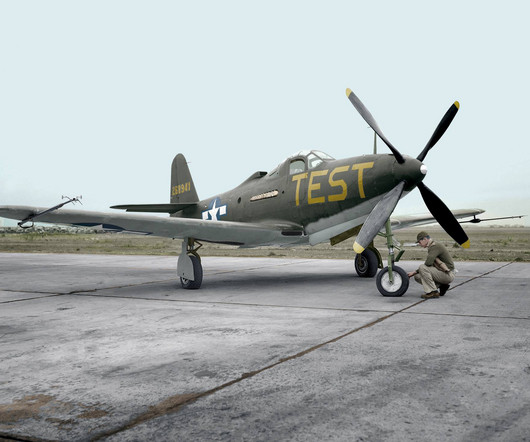Flight Test Files: B-47A Stratojet
Vintage Aviation News
MAY 2, 2025
Langley was particularly focused on structural loads, while Ames concentrated on dynamic stability. However, neither center had runways long enough to accommodate the B-47, so the aircraft was assigned to NACAs High-Speed Flight Research Station at Edwards Air Force Base in California.
















Let's personalize your content